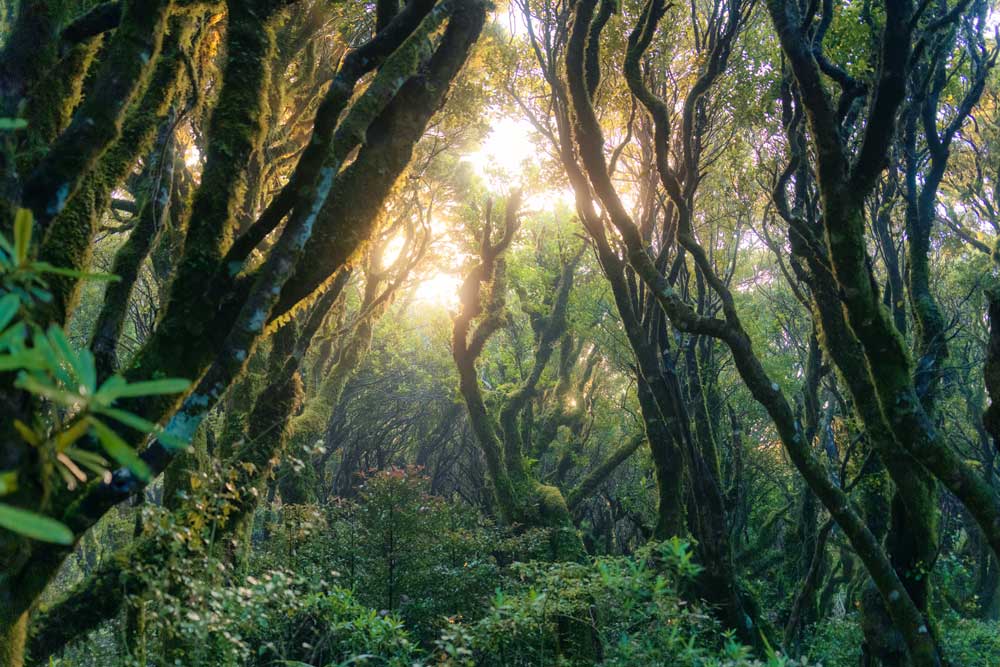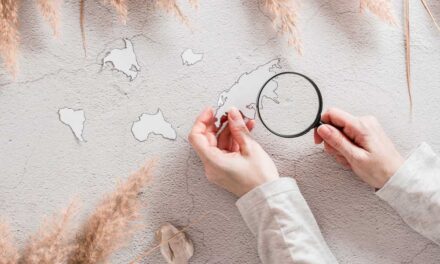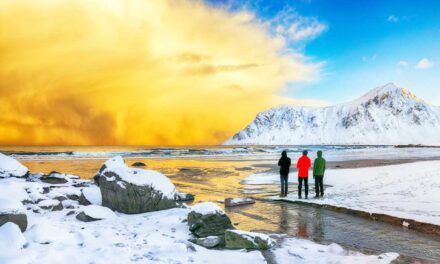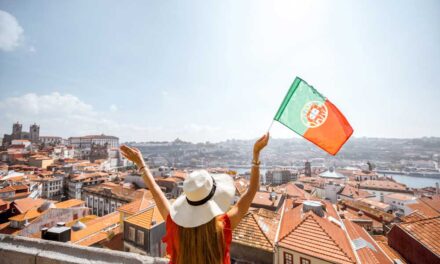When is The Best Time to Visit Madagascar?
A Month-by-Month Guide
Madagascar, the world’s fourth, largest island, is a place like no other. Floating off the southeast coast of Africa, it’s home to ancient baobab trees, cartoon-famous lemurs, and over 90% of wildlife found nowhere else on Earth. This biodiversity hotspot is a dream for eco-tourists, nature lovers, and adventure seekers alike.
The culture of Madagascar is a vibrant fusion of African, Asian, and French influences. Traditional Malagasy customs blend with colonial remnants, creating a unique island vibe. Locals are warm and welcoming, and their traditional music, dance, and cuisine. Think zebu, rice, and spicy coconut curries, reflect the island’s rich heritage.
Madagascar’s climate is tropical along the coast, temperate inland, and arid in the south. The year is broadly split into two seasons: the hot, rainy season (November to April) and the cooler, dry season (May to October). But don’t be fooled, there’s something worth seeing every month if you plan smart.
Here’s your ultimate month-by-month breakdown of the best times to visit Madagascar, complete with average temperatures and top things to do:
Visit Madagascar in January
January is a lush, green month in Madagascar, but also one of the wettest. It’s the heart of cyclone season, especially on the east coast, so travel plans may need to be flexible. However, if you’re into vibrant rainforest views and fewer tourists, this can be a unique time to visit. Inland areas like Antsirabe and the central highlands are more sheltered from storms, making them smart picks this time of year. Nature lovers, landscape photographers, and bargain-hunters will find January surprisingly rewarding.
- Weather: Hot and rainy. Avg Temp: 27°C (81°F)
- Best for: Lush landscapes, fewer tourists
- Highlights: Rice paddies and rainforests at their greenest. It’s cyclone season, though, so expect disruptions, especially in the east.
Visit Madagascar in February
February continues the stormy, steamy rhythm of the wet season. Cyclones can still roll in, especially along the east coast, but the island is gorgeously green and teeming with life. If you do visit, the central and southern highlands are your safest bet for drier ground. This is a great month for storm watchers, solo adventurers, and wildlife lovers who don’t mind muddy boots in exchange for fewer crowds.
- Weather: Very wet, cyclone season peaks. Avg Temp: 27°C (81°F)
- Best for: Budget travelers and storm watchers
- Highlights: Wildlife is active, but road travel can be tricky.
Visit Madagascar in March
March brings a slow shift in the skies, rainfall begins to taper, and the island starts easing toward the dry season. Jungle lovers will enjoy this time, as everything is emerald-green and the forests are alive with the rustle of lemurs and the colors of chameleons. Andasibe-Mantadia National Park is ideal this month, offering both accessibility and vibrant wildlife. Perfect for photographers, rainforest trekkers, and quiet-time seekers.
- Weather: Rain begins to ease. Avg Temp: 26°C (79°F)
- Best for: Green season photography
- Highlights: Lush jungles and waterfalls at full flow.

Visit Madagascar in April
April is the island’s sweet spot between wet and dry seasons. Rain has mostly stopped, but everything is still green and fresh. It’s a fantastic time to explore rainforest destinations like the east coast and Andasibe with better road access and fewer bugs. April suits travelers seeking shoulder-season value, crisp nature walks, and vivid landscapes.
- Weather: Transition to dry season begins. Avg Temp: 25°C (77°F)
- Best for: Budget travel with improving weather
- Highlights: Clearer skies, better roads, and fewer bugs.
Visit Madagascar in May
May kicks off the dry season with cooler temps and clear skies. It’s one of the best months to explore national parks like Isalo and Andringitra. Lemurs begin their mating season, and hiking trails are in top condition. This month caters to hikers, nature photographers, and those who want to catch animal behaviors in the wild.
- Weather: Dry season begins. Avg Temp: 23°C (73°F)
- Best for: Trekking and wildlife spotting
- Highlights: Lemur mating season, great for watching behaviors.
Visit Madagascar in June
June is cool, calm, and tailor-made for adventurers. The landscapes are dry and accessible, and humpback whales begin arriving off the coast of Sainte Marie and Nosy Be. June is fantastic for whale watchers, trekkers, and road trippers who want pristine paths and fewer tourists.
- Weather: Cool and dry. Avg Temp: 22°C (72°F)
- Best for: Outdoor adventures, cultural festivals
- Highlights: Humpback whales start migrating.
Visit Madagascar in July
July is peak dry season and the coolest month of the year—perfect for hiking, exploring cities, and observing wildlife. It’s also the peak of whale watching, especially off Île Sainte-Marie. This month is a winner for wildlife enthusiasts, whale lovers, and those looking for a cool, active holiday.
- Weather: Coolest month, dry. Avg Temp: 21°C (70°F)
- Best for: Wildlife, whale watching
- Highlights: Peak whale migration near Île Sainte-Marie.
Visit Madagascar in August
August is the family favorite—sunny days, dry trails, and all of Madagascar open for business. Head north to Nosy Be or Diego Suarez for beach time, or join in local festivals across the island. August is ideal for families, beachgoers, and late-season whale watching.
- Weather: Dry, slightly warmer. Avg Temp: 22°C (72°F)
- Best for: Families, festivals, beach escapes
- Highlights: Whale watching continues, perfect beach weather.
Visit Madagascar in September
September is one of the best months for wildlife lovers. Temperatures are rising, animals are active, and baby lemurs start clinging to their moms. You’ll find Andasibe, Ranomafana, and Kirindy Forest to be wildlife wonderlands. Birders, photographers, and anyone obsessed with cute baby animals—this one’s for you.
- Weather: Warming up. Avg Temp: 24°C (75°F)
- Best for: Wildlife watching, photography
- Highlights: Baby lemurs are born! Ideal for jungle tours.
Visit Madagascar in October
October is hot and dry, perfect for adventurous travel before the rainy season returns. Make a beeline for western Madagascar, where the Avenue of the Baobabs and Tsingy de Bemaraha await. A great choice for adventure travelers, geology fans, and anyone with a drone and a love for dramatic landscapes.
- Weather: Hotter, still dry. Avg Temp: 26°C (79°F)
- Best for: Wildlife, snorkeling
- Highlights: Last chance for dry season activities.
Visit Madagascar in November
November marks the return of the rain, but it’s still early, so you can sneak in a trip before things get soggy. The central highlands and east coast are good options if you’re chasing lemur babies and early-season greenery. This is a lovely month for peaceful travel, baby animal sightings, and nature photography.
- Weather: Start of rainy season. Avg Temp: 27°C (81°F)
- Best for: Lush green landscapes, fewer crowds
- Highlights: Lemur babies cling to their mothers, great for photos.
Visit Madagascar in December
December is hot, humid, and the official kickoff of cyclone season, but early in the month, it’s still possible to enjoy beach time in the north and northwest. Cities like Nosy Be are festive and warm. Ideal for holidaymakers, sun-seekers, and anyone willing to gamble for tropical beauty just before the rains hit.
- Weather: Hot and humid. Avg Temp: 28°C (82°F)
- Best for: Christmas beach break, unique wildlife
- Highlights: Start of cyclones, but beaches are stunning early in the month.

Local Cuisine to Try in Madagascar
Malagasy food is a flavorful blend of African, Asian, and French influences. Rice is king, served with nearly every meal—and often accompanied by:
- Romazava – a beef and greens stew, considered the national dish
- Ravitoto – slow-cooked cassava leaves, typically with pork
- Mofo gasy – sweet rice cakes, perfect for breakfast
- Zebu steak – tender local beef served grilled or in a stew
- Lasary – tangy pickled vegetables often used as a side
Seafood is abundant along the coasts, and tropical fruits like lychee, mango, and jackfruit are fresh and delicious year-round. Don’t miss trying banana fritters (mofo akondro) sold at street stalls.

Best Places for Nightlife in Madagascar
Madagascar isn’t known for raging nightlife, but certain cities and beach towns come alive after dark:
- Antananarivo (the capital): Your best bet for bars, nightclubs, and live Malagasy music. Check out Le Glacier, KUDETA, or No Comment Bar for a fun night out.
- Nosy Be: This island paradise offers beach bars, rum shacks, and sunset parties—ideal for laid-back nightlife with a tropical twist.
- Mahajanga: A student city with a youthful energy and coastal bar scene.
Where to Go for Families
Madagascar is surprisingly family-friendly for those seeking nature and wildlife over theme parks. Great spots include:
- Andasibe-Mantadia National Park – Easy trails, lodges, and guaranteed lemur sightings
- Lemur Island (Vakona Reserve) – Kids will love feeding lemurs up close
- Nosy Be – Calm beaches, resorts with pools, and family-friendly snorkeling
- Isalo National Park – Natural rock pools and scenic hikes that older kids will love
Many accommodations offer bungalows and guided tours suitable for all ages.
Top Picks for Solo Travelers
Madagascar is a welcoming destination for solo travelers who enjoy nature, wildlife, and slow travel. Recommended solo-friendly spots:
- Antananarivo – A cultural hub with lots to explore, and easy access to group day tours
- Andasibe – Solo-friendly lodges near the park with group trekking opportunities
- Nosy Be – Social beach town with diving schools and backpacker hostels
- Diego Suarez – Great base for solo hikes, kitesurfing, and meeting other adventurers
English isn’t widely spoken, so a few words in French or Malagasy go a long way.
Madagascar Travel Summary
Madagascar is a one-of-a-kind destination, bursting with biodiversity, dramatic landscapes, and cultural richness. From rainforest-covered highlands to sun-kissed beaches and bizarre stone forests, this island is a dream for nature lovers, adventure seekers, and off-the-beaten-path travelers.



